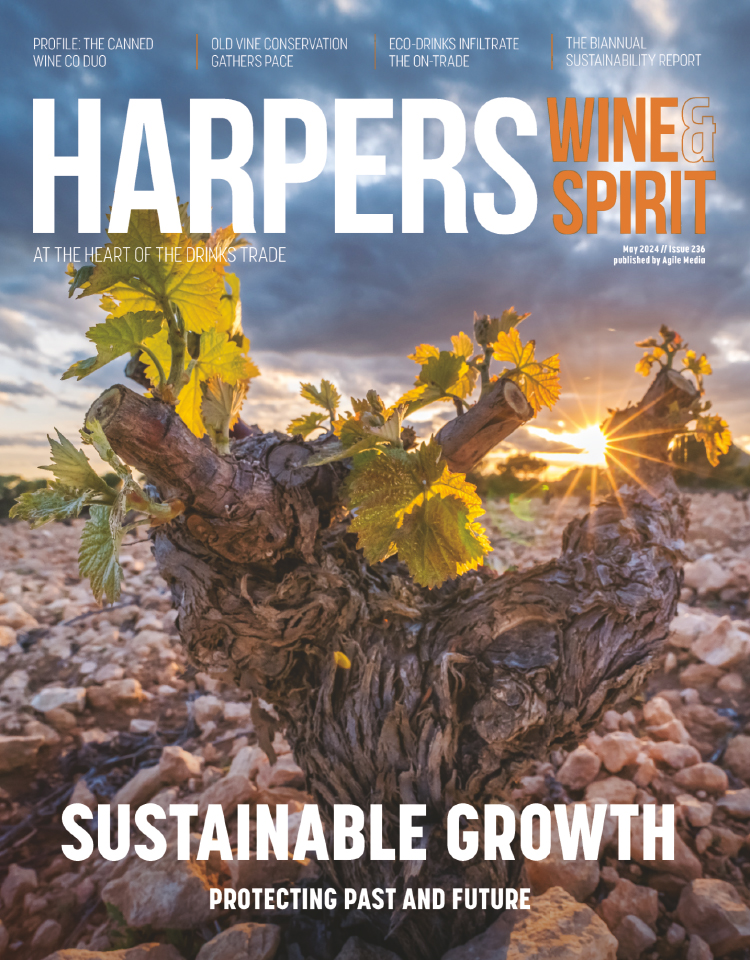
Drinks list expansions sound note of cautious optimism post-Covid
Encouraging new data has shown that menus are re-expanding again following a period of contraction and rationalisation during the worst months of Covid.
In Q4 2022, menu sizes were on the up: in bars and pubs in particular, the average number of alcoholic drinks rose 4.1% during the last quarter of the year, according to data from Lumina Intelligence.
Such growth is to be expected around Christmas. Drinks lists and food items tend to swell in the last part of the year to incorporate festive and seasonal themes.
However, Lumina Intelligence believes the re-broadening marks tentative growing confidence among operators.
“The Q4 increase in menu items seems to be mainly due to more positive trading times,” analysts said. “Although some of those new items would have been part of special festive menus, it’s not enough to be able to put it down exclusively to the festive season. It reflects more that operators are a bit more confident post-Covid about menus.”
In restaurants, growth was more muted. The average number of alcoholic items on lists remained static, at 38 – the same as Q3 2022. The average number of non-alcoholic drinks increased slightly from 32 to 33, marking the continued shift in consumer attitudes.
The data, taken from Lumina Intelligence’s Menu Tracker, follows the trend through to food items, too.
According to analysts, the UK food and drink industry is “powering through”. By “adhering to creativity to propel sales… menu counts are on the rise in all channels: pubs & bars, chain restaurants.”
Though the gains in alcohol are minimal, the overall figures suggest the tide could be turning on the ever-shrinking menus during 2020 and 2021. In 2023, operators still face a challenging environment, often operating on reducing opening hours as a way of coping with lesser access to staff.
However, menu bounce back is an early sign of the creativity of the sector as it continues to tackle these challenges head on, with the quality and breath offer on lists clearly a priority.
Keywords:
- UK
- alcoholic
- data
- drinks
- food
- festive
- average
- menu
- alcoholic drinks
- post covid
- menus
- lumina intelligence
- Lumina
- items
- food items
- ”in restaurants
- positive trading times
- special festive menus
- menus ”in restaurants
- confident post covid
- festive menus it’s







